This issue brief reviews the history and current state of job design, highlights the benefits workers and businesses receive when jobs are designed with worker well-being in mind, and notes emerging issues and practices in job design related to technology, work-based learning, and employee ownership. We hope this brief sparks new thinking and conversations about how we can all encourage and contribute to designing work and workplaces that promote quality jobs.
This article summarizes “The Rewards of Work: Lessons from the Fair Labor Standards Actt,” an Opportunity in America event EOP hosted in 2022 to explore the history of the FLSA and how it could be updated and strengthenedt to improve workers’ wages and working conditions.
This piece draws a line between investment in climate infrastructure and the opportunity to invest in good jobs, achieving climate goals by investing in workers, families, and communities.
This piece draws attention to the rising safety risks for workers due to climate change, especially heat related risks and the policies that could help protect workers.
This piece features video excerpts from interviews with the Colorado Department of Labor and Employment Northwest Workforce Area, as well as Carpet One Floor and Home, to hear about their partnership in a small business advising pilot aiming to improve job quality.
This article summarizes “Worker Power and the National Labor Relations Act,” an Opportunity in America event EOP hosted in 2022 to explore how the NLRA could be updated and strengthenedt to support workers’ right to organize and join a union.
This article discusses the growing use of subcontracting work in the tech industry and the negative consequences this “fissuring” has had on job quality for workers.
In this event, panelists discuss the role that employers, workers, government, philanthropy, and others can play in shaping how workplace technology is developed and deployed. How does technology affect job design? How can investments in both workers and technology improve business performance and increase employee retention and engagement? How can workers be engaged to help shape how technology is used? And what can we learn from human-centered design?
This tool provides information about ALICE households, an acronym for Asset Limited, Income Constrained, and Employed. These are households that earn above the Federal Poverty Level but not enough to afford their most basic needs, including housing, food, transportation, and health care. The tool provides a national overview and state- and county-level information about the percentage of ALICE households. Users can explore data by household factors including age, family composition, and race/ethnicity. United for ALICE has also published research focused on financial hardship in Black households. This tool has relevance for policymakers and employers focused on policies and practices related to wages. Organizations who support workers or employers may also find this tool useful.
This article investigates the impact of employee ownership on business and worker outcomes, including links to improved productivity, pay, job stability, and firm survival. The article dives further into the effects and causation relationship, as well as the challenges presented by employee ownership.
